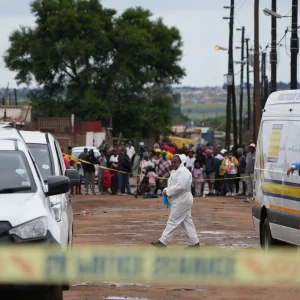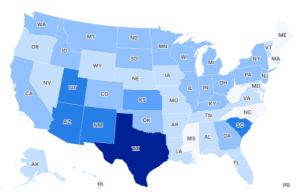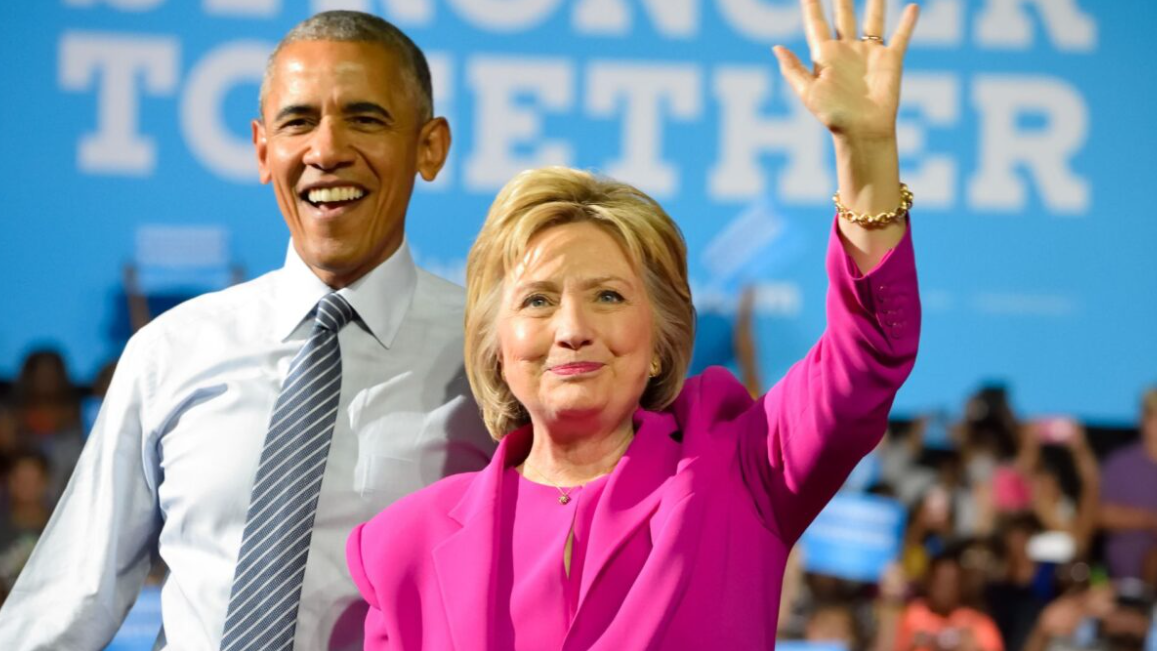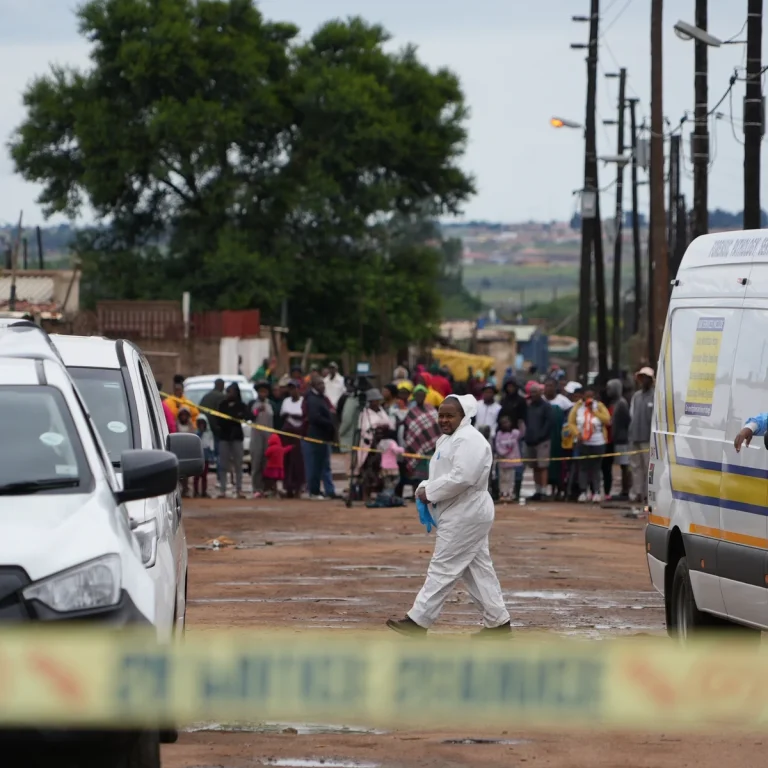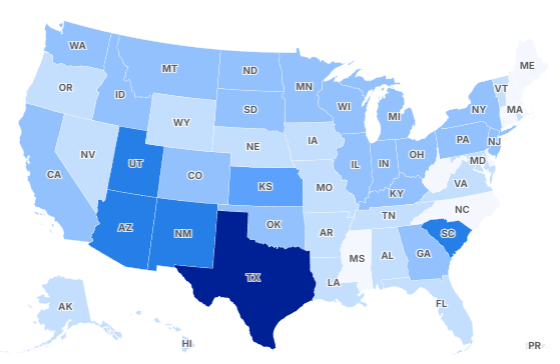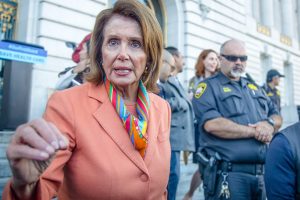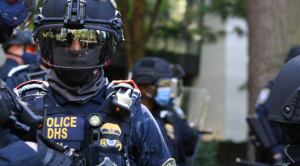Durham’s Quiet Bombshell: What the Public Wasn’t Supposed to Notice
When Special Counsel John Durham submitted his long-awaited report, headlines briefly flared — and then quickly disappeared. The political world moved on. But buried deep within the final document was something far more explosive than anyone realized at the time: an appendix now grabbing renewed attention for what it suggests.
For months, media outlets focused on the broader conclusions of the Durham probe. However, few examined the appendix material quietly made public by Senator Chuck Grassley. Now, as that information circulates among journalists, analysts, and watchdogs, questions are emerging that go far beyond typical Beltway drama.
What’s in this document? Who was talking, and when? And why does it suggest someone might have known what the FBI would do — before they actually did it?
Let’s break it down.
A Forgotten File Surfaces at the Worst Possible Time
Durham’s main report wrapped up years of investigation into the FBI’s handling of alleged Trump–Russia collusion. While the headlines focused on missed leads and procedural failures, very few people dug into the appendix released alongside it.
That changed when Senator Grassley, Chair of the Senate Judiciary Committee, chose to highlight it. “This should have come out years ago,” he said.
So what was in it? A series of foreign communications intercepted by U.S. intelligence services in 2016 — long before most Americans had even heard of “Crossfire Hurricane.”
The messages in this annex were not vague. They referenced actions that had not yet occurred, including specific mentions of U.S. agencies and private cybersecurity contractors that would later become key players in the Russia collusion narrative.
Intelligence Officials Raised Eyebrows — Then Fell Silent
What caught analysts off guard wasn’t just the timing. It was the unusual precision of the predictions. In one intercepted exchange, a foreign source allegedly states that the FBI would begin using a specific “technical structure” to circulate information damaging to then-candidate Donald Trump.
Another message hinted that the Clinton campaign would benefit from a carefully crafted scandal — one that could push attention away from her own controversies and toward alleged Russian interference. The language was blunt, strategic, and chilling in hindsight.
So why didn’t this raise immediate alarm bells?
Some believe the Obama administration simply chose not to act on these early warnings. Others suggest that the material may have been buried on purpose.
Either way, the information remained classified — until now.
Names, Networks, and A Strange Pattern of Access
The appendix cites messages attributed to figures inside international non-governmental organizations. One name stands out: Leonard Bernardo, reportedly affiliated at the time with a major global foundation known for supporting left-leaning policies worldwide.
According to the document, Bernardo communicated with individuals discussing the spread of information through FBI-linked firms, including cybersecurity names that would later appear in media narratives about Russia and the DNC hack.
Even more surprising was the mention of a Clinton campaign adviser, allegedly working on a post-convention strategy to “demonize Putin and Trump” as a unified threat to democracy.
By themselves, such claims would seem speculative. But paired with the timing of the FBI’s official launch of Crossfire Hurricane, they paint a disturbing picture.
What It Means for Public Trust
As Durham notes, it was not simply that the FBI launched a flawed investigation. It’s that certain people outside of government seemed to expect it would happen — in detail — before it did.
That’s no longer conspiracy theory. It’s now part of the public record.
Durham’s office concluded that while some of the communications may have been reconstructed from foreign intelligence hacking, their content was likely accurate. The sources involved, including those connected to foreign think tanks and advocacy organizations, were not random players.
They had access. They had motive. And apparently, they had advance knowledge.
Final Confirmation — and Lingering Silence
According to the appendix, the Clinton campaign may have expected or even encouraged U.S. intelligence agencies to support the Trump–Russia narrative. The FBI, the CIA, and even the vice president’s office were reportedly briefed on elements of the plan days before the probe was officially opened.
Senator Grassley wasn’t subtle. “The Obama FBI failed to adequately review and investigate intelligence reports showing the Clinton campaign may have been ginning up the fake Trump–Russia narrative for political gain,” he said.
That statement would be strong coming from a political commentator. Coming from the Senate Judiciary Chair, it signals deep institutional failure.
So Why Now?
Critics are asking why this appendix was hidden for so long. Supporters of transparency say its release proves what many suspected: that the 2016 investigation wasn’t just flawed — it may have been influenced by outside actors long before it ever began.
With the appendix now public, and names officially recorded, Washington may be forced to reckon with what really happened in the summer of 2016 — and who knew about it all along.

Emily Johnson is a critically acclaimed essayist and novelist known for her thought-provoking works centered on feminism, women’s rights, and modern relationships. Born and raised in Portland, Oregon, Emily grew up with a deep love of books, often spending her afternoons at her local library. She went on to study literature and gender studies at UCLA, where she became deeply involved in activism and began publishing essays in campus journals. Her debut essay collection, Voices Unbound, struck a chord with readers nationwide for its fearless exploration of gender dynamics, identity, and the challenges faced by women in contemporary society. Emily later transitioned into fiction, writing novels that balance compelling storytelling with social commentary. Her protagonists are often strong, multidimensional women navigating love, ambition, and the struggles of everyday life, making her a favorite among readers who crave authentic, relatable narratives. Critics praise her ability to merge personal intimacy with universal themes. Off the page, Emily is an advocate for women in publishing, leading workshops that encourage young female writers to embrace their voices. She lives in Seattle with her partner and two rescue cats, where she continues to write, teach, and inspire a new generation of storytellers.
